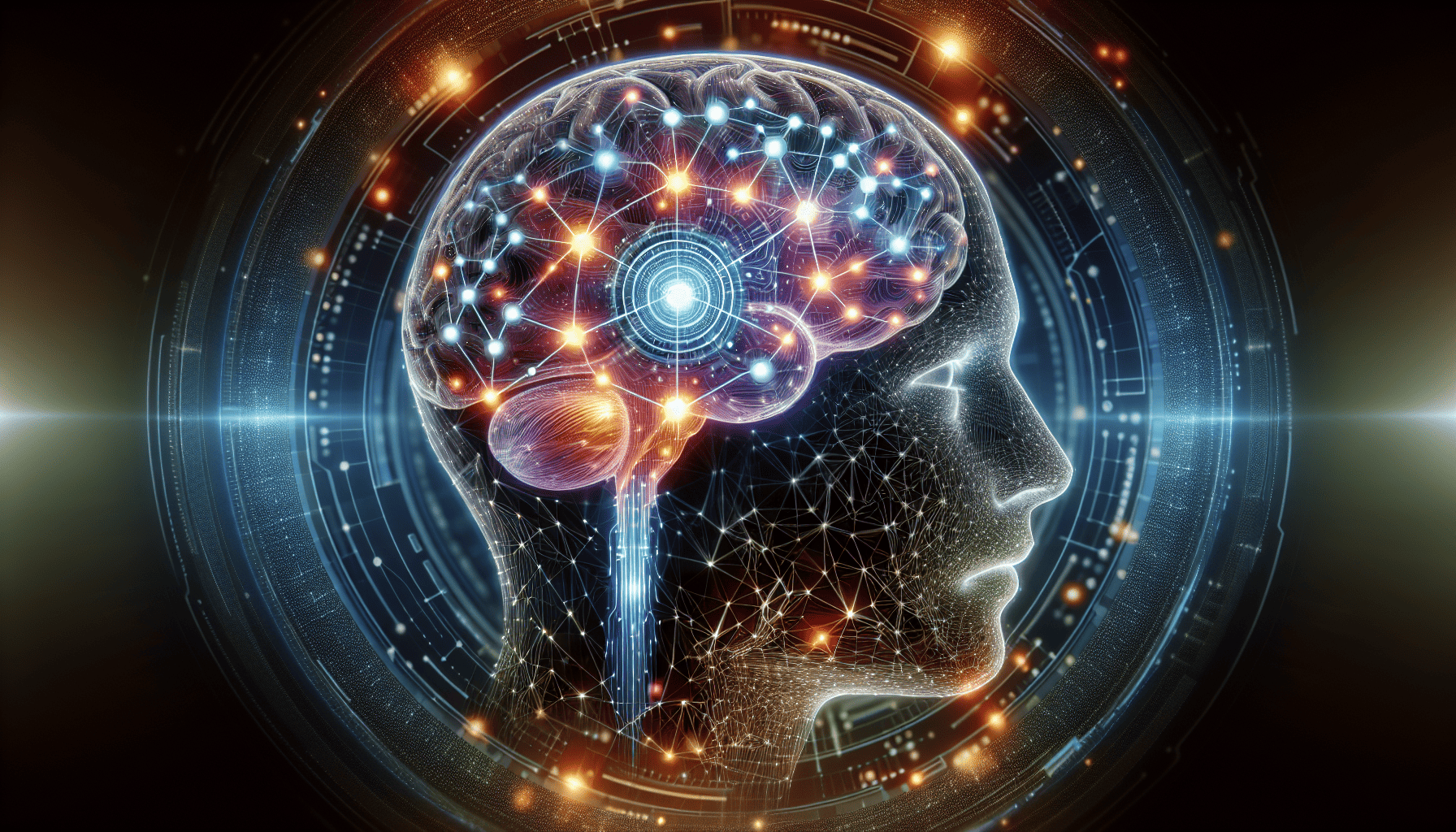In recent years, the convergence of artificial intelligence (AI) and neuroscience has begun to revolutionize our understanding of the brain. AI technologies, with their capacity to process vast amounts of data and recognize patterns beyond human capability, are opening new frontiers in the study of neural functions and disorders. This transformation is not just increasing our knowledge but is also promising more effective diagnostic tools and treatment methods.
One of the primary areas where AI is making a significant impact is in the analysis of brain imaging data. Traditional methods of analyzing images such as MRIs or CT scans are often time-consuming and require expert interpretation. AI algorithms, particularly deep learning models, can process these images rapidly and with high accuracy, identifying patterns that might be overlooked by human eyes. This capability is invaluable in diagnosing various neurological disorders, such as Alzheimer's disease or traumatic brain injuries, by detecting early signs that enable prompt intervention.
AI is also enhancing our understanding of brain connectivity and network dynamics. The brain is a complex organ composed of billions of neurons communicating through trillions of synapses. Mapping these interactions is a daunting task, yet it is crucial for comprehending how different brain areas interact to support cognitive functions and behaviors. Machine learning models are now being used to analyze neuroimaging data to uncover these intricate networks, helping researchers understand how changes in these connections can lead to disorders like autism or schizophrenia.
Moreover, AI has a growing role in the development of brain-computer interfaces (BCIs). These interfaces can transform thoughts into actions, offering immense potential in assisting individuals with severe motor disabilities. AI-driven BCIs are continuously being refined to improve their accuracy and responsiveness, paving the way for devices that can help paralyzed patients or those with locked-in syndrome communicate and interact with their environment.
In therapeutic development, AI is pushing the boundaries by accelerating drug discovery processes for neurological disorders. Traditional drug discovery is a lengthy and costly endeavor. However, AI can help expedite this process by predicting how different compounds might interact with neural pathways, identifying promising candidates for further research faster than conventional methods. This efficiency could lead to quicker development of new treatments for diseases like Parkinson's or epilepsy.
Additionally, AI is fostering personalized medicine in neuroscience. Through the analysis of individual genetic, behavioral, and environmental data, AI can help tailor treatments to individual patients' unique profiles, optimizing therapeutic outcomes and minimizing side effects. This personalized approach is showing promise in addressing complex conditions such as depression, where standard treatments may not be universally effective.
Despite its promising potential, integrating AI into neuroscience presents challenges. The complexity of the brain, the ethical considerations around data privacy, and the need for interdisciplinary collaboration remain significant hurdles. As AI systems become more entrenched in neuroscience research and application, ethical guidelines must be established to ensure data is used responsibly and for the benefit of patients.
In conclusion, AI is proving to be a powerful tool in modern neuroscience. By enhancing our understanding of brain function, improving diagnostic tools, and fostering more personalized and effective treatments, AI is reshaping the landscape of neuroscience. As the technology continues to evolve, its integration into neuroscience holds the promise of unlocking deeper insights into one of the most intriguing frontiers of scientific inquiry: the human brain.
